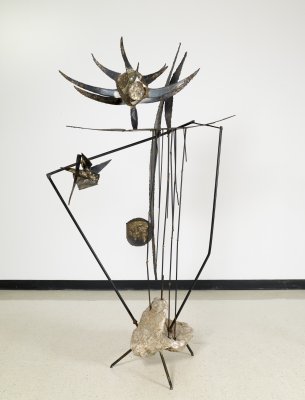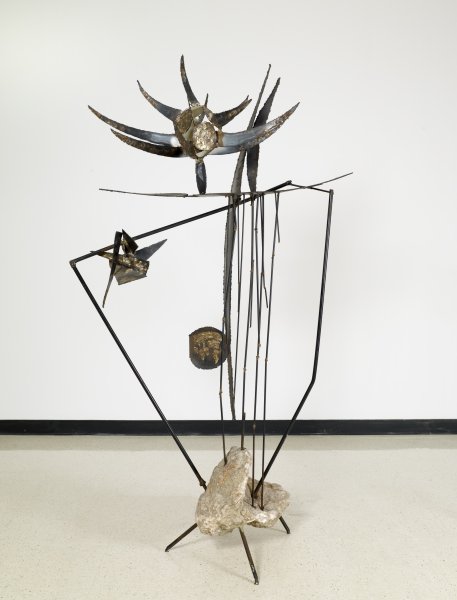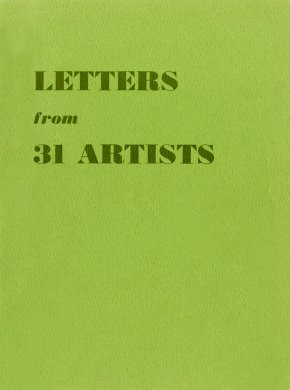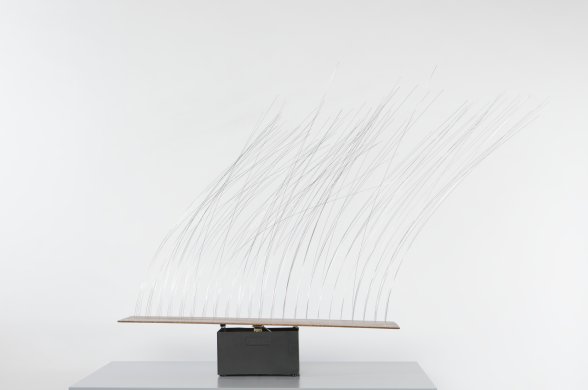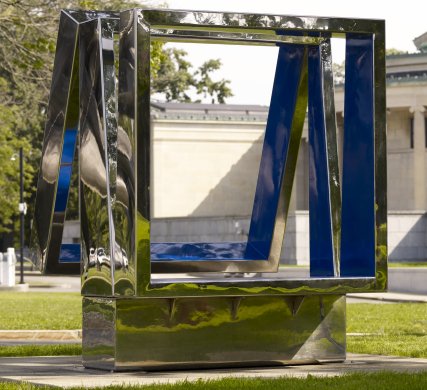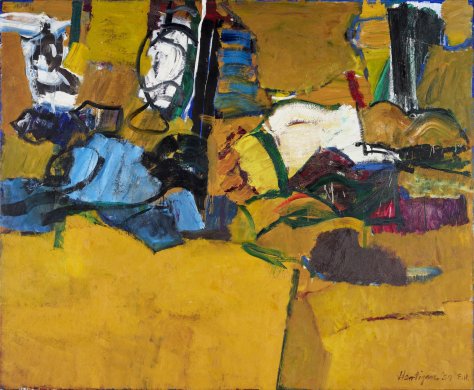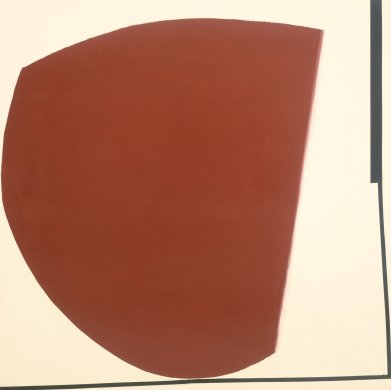Since its founding in 1862, the Albright-Knox has consistently prided itself on being an artist-centric institution and on working closely with living artists, especially those represented in its collection. In the 1960s, the museum wrote to a selection of these artists to ask for statements about their works. The results were published in 1970 as Letters from 31 Artists to the Albright-Knox Art Gallery.
The answer to the question “Why would you sculpt a sunrise?” came a good deal easier to David Hare than that to “How do you sculpt a sunrise?” The artist wrote that he embarked up Sunrise and other such landscape sculptures primarily as artistic challenges or dares. In each case, the main point “was first to make a sculpture from a subject which seemed highly unlikely as a sculptural material, the interest being in this being the difficulty of the problem and also its newness.” The secondary challenge would be “to make a work of art which would be almost completely abstract, but each of whose components would represent some attribute of a landscape. That is to say, the piece could be seen as abstract or as figurative, and one hoped that these oppositions would flicker back and forth, somewhat like visual A-C current. . . . And somewhere, as the work flipped from idea to thing and thing to idea, would exist that peculiar and intensely human thing, a work of art.”
Content taken from Letters from 31 Artists to the Albright-Knox Art Gallery (Buffalo: The Buffalo Fine Arts Academy, 1970).
